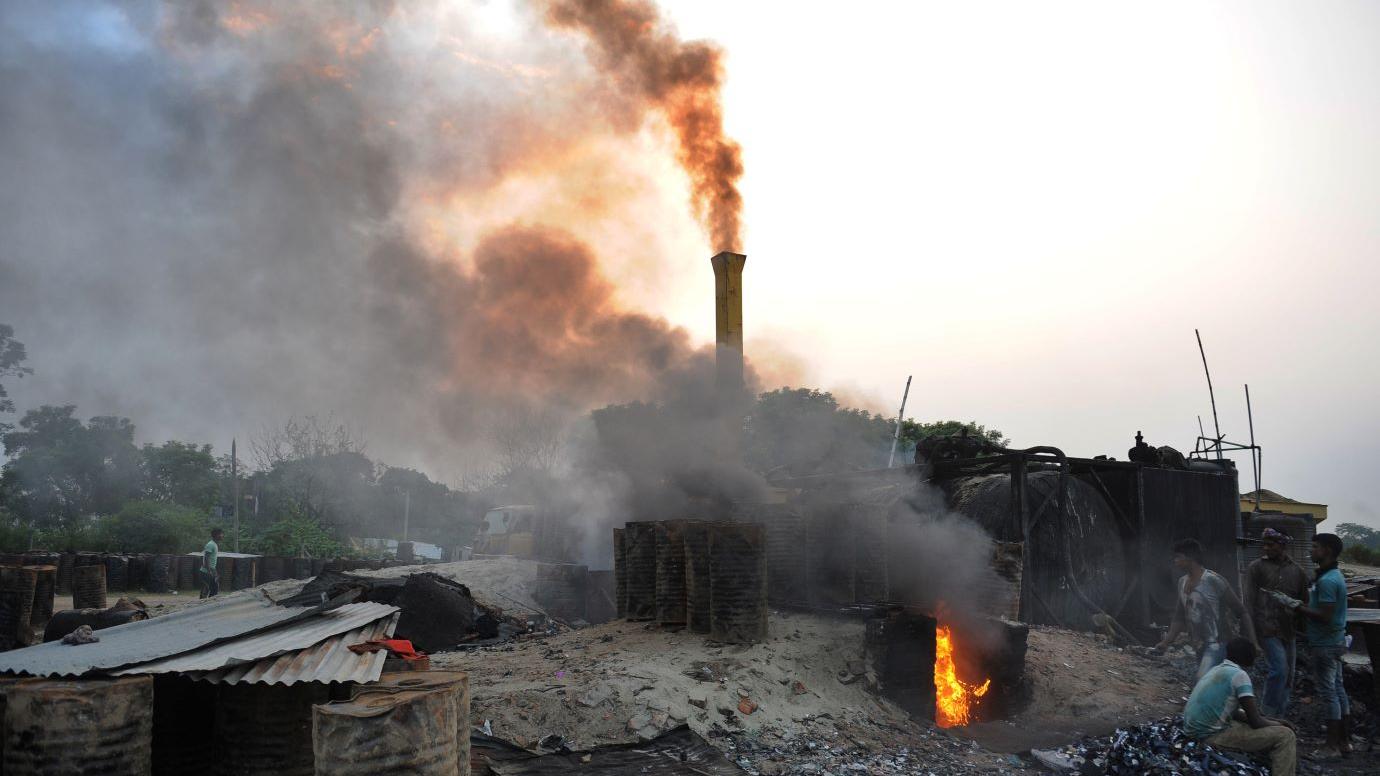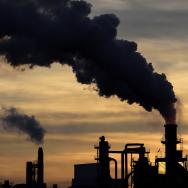As global pollution edged upward in 2021, so did its burden on human health, according to new data from the Air Quality Life Index released this week.
If the world were to permanently reduce fine particulate pollution (PM2.5) to meet the World Health Organization’s guideline, the average person would add 2.3 years to their life expectancy—or a combined 17.8 billion life-years saved worldwide.
This data makes clear that particulate pollution remains the world’s greatest external risk to human health, with the impact on life expectancy comparable to that of smoking, more than three times that of alcohol use and unsafe water, and more than five times that of transport injuries like car crashes. Yet the pollution challenge worldwide is vastly unequal.

“Three-quarters of air pollution’s impact on global life expectancy occurs in just six countries: Bangladesh, India, Pakistan, China, Nigeria and Indonesia, where people lose one to more than six years off their lives because of the air they breathe,” says Michael Greenstone, the Milton Friedman Distinguished Service Professor in Economics at the University of Chicago and the creator of the AQLI along with colleagues at the Energy Policy Institute at Chicago.
Many polluted countries lack basic air pollution infrastructure. Asia and Africa are the two most poignant examples. They contribute 92.7 percent of life years lost due to pollution. Only 6.8 and 3.7 percent of governments in Asia and Africa, respectively, provide their citizens with fully open air quality data. Further, just 35.6 and 4.9 percent of countries in Asia and Africa, respectively, have air quality standards—the most basic building block for policies.
The collective current investments in global air quality infrastructure also do not match where air pollution is having its greatest toll on human life.
Resources lacking
While there is a large global fund for HIV/AIDS, malaria, and tuberculosis that annually disburses $4 billion toward the issues, there is no equivalent set of coordinated resources for air pollution. In fact, the entire continent of Africa receives under $300,000 in philanthropic funds toward air pollution. Just $1.4 million goes to Asia, outside of China and India. Europe, the United States, and Canada, meanwhile, receive $34 million, according to the Clean Air Fund.
“Timely, reliable, open air quality data in particular can be the backbone of civil society and government clean air efforts—providing the information that people and governments lack and that allows for more informed policy decisions,” says Christa Hasenkopf, the director of AQLI and air quality programs at EPIC. “Fortunately, we see an immense opportunity to play a role in reversing this by better targeting—and increasing—our funding dollars to collaboratively build the infrastructure that is missing today.”
In no other location on the planet is the deadly impact of pollution more visible than in South Asia, home to the four most polluted countries in the world and nearly a quarter of the global population.
Loss of five years
In Bangladesh, India, Nepal and Pakistan, the AQLI data reveal that residents are expected to lose about five years off their lives on average if the current high levels of pollution persist, and more in the most polluted regions—accounting for more than half of the total life years lost globally due to pollution.
Although the challenge of reducing air pollution around the world may seem daunting, China has had remarkable success, reducing pollution by 42.3 percent since 2013, the year before the country began a “war against pollution.” Due to these improvements, the average Chinese citizen can expect to live 2.2 years longer, provided the reductions are sustained. However, the pollution in China is still six times higher than the WHO guideline, taking 2.5 years off life expectancy.








